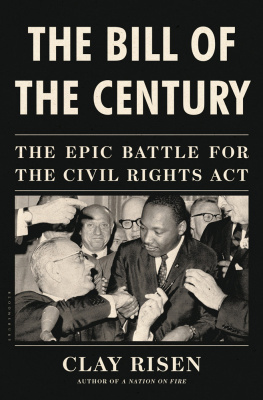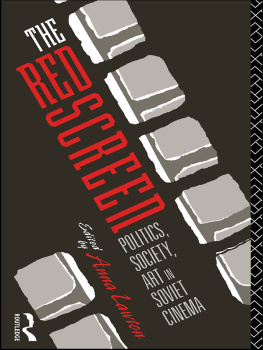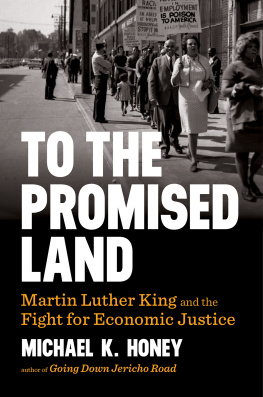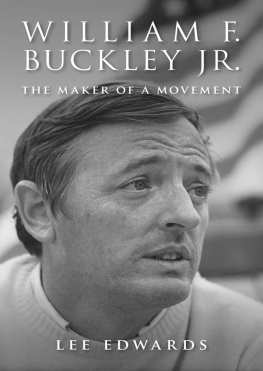Benjamin Hedin went looking for the civil rights movements past, but he also ran smack into the present, which can suddenly look like the past and then just as suddenly look totally different. By bringing stirring people like Septima Clark into focus, Hedin does what good historians do, but by entwining history with current events, he does a lot more. Here is a haunting meditation on living in history as well as with it.Sean Wilentz, author of The Rise of American Democracy: Jefferson to Lincoln
In Search of the Movement is a true marvel. Benjamin Hedins insightful combination of reportage and history of the civil rights movement allows us to see the era with fresh eyes. By tracing the continued legacy of the black freedom struggle from the 1960s to the present, this gem of a book wonderfully illuminates how the movement is living and thriving in our own time. Peniel Joseph, author of Stokely: A Life and Waiting Til the Midnight Hour: A Narrative History of Black Power in America
Beloved community and the exuberant humanism of the civil rights movement have never been so vividly rendered. Carry this book with you as a guide through our own anxious age. Beautifully written, sharply observed, whimsical and tender,
In Search of the Movement is a road trip into Americas better self.Charles Marsh, author of Gods Long Summer: Stories of Faith and Civil Rights
Fusing the personal with the political, the present with the past, Benjamin Hedin has written a sober, touching elegy for our shared history. In Search of the Movement is needed and essential, and it could not have come at a better time.Sad Sayrafiezadeh, author of Brief Encounters w ith the Enemy and When Skateboards Will Be Free
A deeply intelligent writer and reporter, Benjamin Hedin repositions the civil rights movement as an ongoing crusade, a moral and political struggle that was seeded in the 1950s and 60s, but continues to develop in complicated, hopeful, and heartbreaking ways. In Search of the Movement is a bold and exploratory book, as much about Hedins journeyto reconcile an American past with the American presentas anything else. It reads like both a salve and guide for these heady times; I couldnt put it down.
Amanda Petrusich, author of Do Not Sell at Any Price: The Wild, Obsessive Hunt for the Worlds Rarest 78rpm Records
These four would have a hand in much of the movements history in the 1960s. Lewis served as chair of SNCC from 1963 to 66; Lafayette was SNCCs first organizer in Selma, Alabama, and set the foundation for the voting rights struggle that would crest there in the spring of 1965. And Nash and Bevel, who were married for a time, were the ones responsible for the idea of marching from Selma to Montgomery.
A native of New York City, Moses was the first member of SNCC to work full time on voter registration in Mississippi; he moved to the state in 1961. See pp. 141170.
In 1930, Gandhi led a long march in Gujarat, India, in protest of a British tariff. He went to jail for defying laws related to salt manufacture and possession, and tens of thousands followed him. Fill the jails subsequently became an important cry in the drive for Indian independence.
When applying for preclearance, the burden falls on the district or county to show any proposed change neither has the purpose nor will have the effect of blocking ones right to vote because of race.
The practice of drawing district lines in a way that favors one party. Districts are set every ten years, based on census data, and in deciding their boundaries the incumbent majority will usually try to create a spread of votes that will make it easier for the incumbents to stay in office.
An organization founded in 1957, following the victorious bus boycott in Montgomery, Alabama. As its name suggests, the Southern Christian Leadership Conference was comprised mainly of preachers who hailed from black churches in the Deep South; King led the group until his death in 1968.
The strategy was fatally nearsighted, as it would turn out, for black activists simply adopted new configurations. The NAACP would lose thousands of members in the late 1950s, and several chapters would fold, yet the purging coincided with the birth of the organizations we associate with the civil rights movement of the following decade, the Southern Christian Leadership Conference and the Student Nonviolent Coordinating Committee.
As it happens, the color of the buildings served as a kind of indicator of who was being taught where. One was whitewashed and the other was creosoted, making for a black exterior.
An initiative launched by the Southern Christian Leadership Conference in 1968 to combat poverty and its associated ills. The Poor Peoples Campaign recruited members of several races and extraction, and its activities were geared toward, among other things, pressuring Congress to pass an economic bill of rights.
As if in proof of this axiom there is no perimeter around Parchman, no wall to mark the limits of the propertyjust the bare acreage and the heat, the Deltas elemental defenses.
These statistics are courtesy of the Kaiser Family Foundation, as are all others in this chapter, unless otherwise noted.
The figure of close to 300,000 comes from Reuters: Mississippi Blues: The cost of rejecting Medicaid expansion by Julie Steenhuysen, www.reuters.com, October 4, 2013.
There is the famous remark ascribed to King, of all the forms of inequality, injustice in health care is the most shocking and inhumane, but the lineage of the quote is difficult to trace, and we will never know for sure if he made the statement or not. It was allegedly delivered at a conference in Chicago in 1966, but no text or recording of the speech exists. The aphorism may well have evolved over time, attributable to hearsay, becoming one of those catchalls that people in need of an imprimatur cite.
The neighborhood of Los Angeles where rioting occurred in August of 1965, less than a week after Lyndon Johnson signed the Voting Rights Act into law. The riot was seen as a sign that the peaceful tactics favored by some leaders of the movement were limited in their effect and appeal, and the loss of property and life in Los Angeles shifted the opinion of many whites who had previously held sympathy for the African American struggle.
Michael Brown was an African American teenager killed by a police officer in Ferguson, Missouri, on August 9, 2014. Brown was unarmed, and though eyewitness accounts of his killing differ, many claimed he had raised his arms in surrender before being shot.
Legislation whose name stands for Development, Relief, and Education of Alien Minors. Introduced in the Senate in 2001 and debated again by Congress in 2010 and 2011, the DREAM Act sets forth ways for undocumented immigrants who have graduated from a U.S. high school to attain citizenship status.
Chenoweth explores this theory in her book Why Civil Resistance Works , written with Maria J. Stephan.
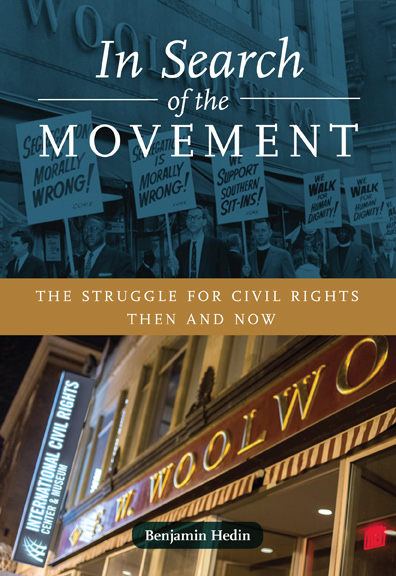
In Search
of the
Movement
THE STRUGGLE FOR CIVIL RIGHTS THEN AND NOW
Benjamin Hedin

City Lights Books | San Francisco
Copyright 2015 by Benjamin Hedin
All Rights Reserved
Cover illustration (top): New York World-Telegram & Sun Newspaper Photograph Collection. Reprinted by courtesy of Library of Congress, Prints & Photographs Division.
Cover illustration (bottom): copyright Sheilia Griffin. Reprinted by courtesy of Sheila Griffin.
Cover design by Linda Ronan
Next page



